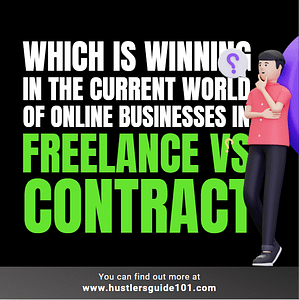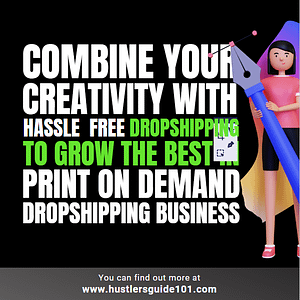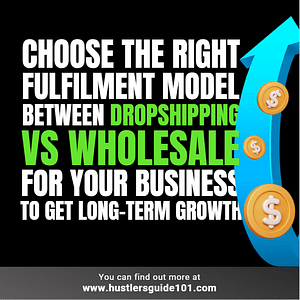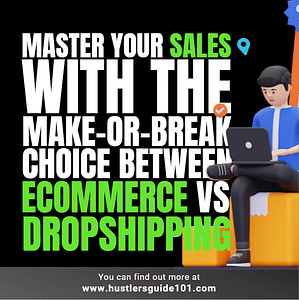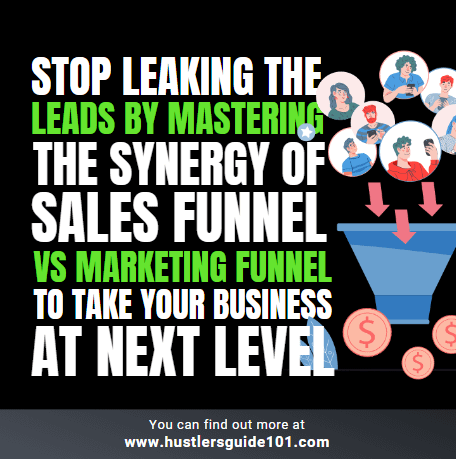
When it comes to driving business growth and increasing conversions, understanding the differences between Sales Funnel vs Marketing Funnel is essential. Data shows nearly 70% of companies have not attempted to measure the effectiveness of their marketing and sales funnel.
In a sales funnel, the primary goal is to close the sale and convert leads into paying customers. It is a more streamlined process that captures, nurtures, and guides leads towards a purchase.
Whereas the marketing funnel encompasses a broader scope, starting from the top with brand awareness and ending with customer retention.
By understanding the key differences between these two funnels, businesses can better allocate their resources and tailor their strategies to maximize their marketing efforts. Buckle up. I am about to navigate the strategies that fuel success!
Understanding The Sales Funnel
The sales funnel is a process that guides potential customers through various stages, with the ultimate goal of converting them into paying customers. It begins with creating awareness and capturing leads, then moves on to nurturing those leads and guiding them toward a purchasing decision.
The sales funnel is all about bottom-of-the-funnel activities and focuses on meeting the immediate needs of potential customers.
The first stage of the sales funnel is Awareness, where businesses create brand awareness and attract potential customers. This is followed by the Interest stage, where leads show interest in the product or service and engage with the brand.
The Decision stage is where leads evaluate their options and decide to purchase. Finally, in the Action stage, leads become paying customers and complete the desired action, such as purchasing or signing up for a service.
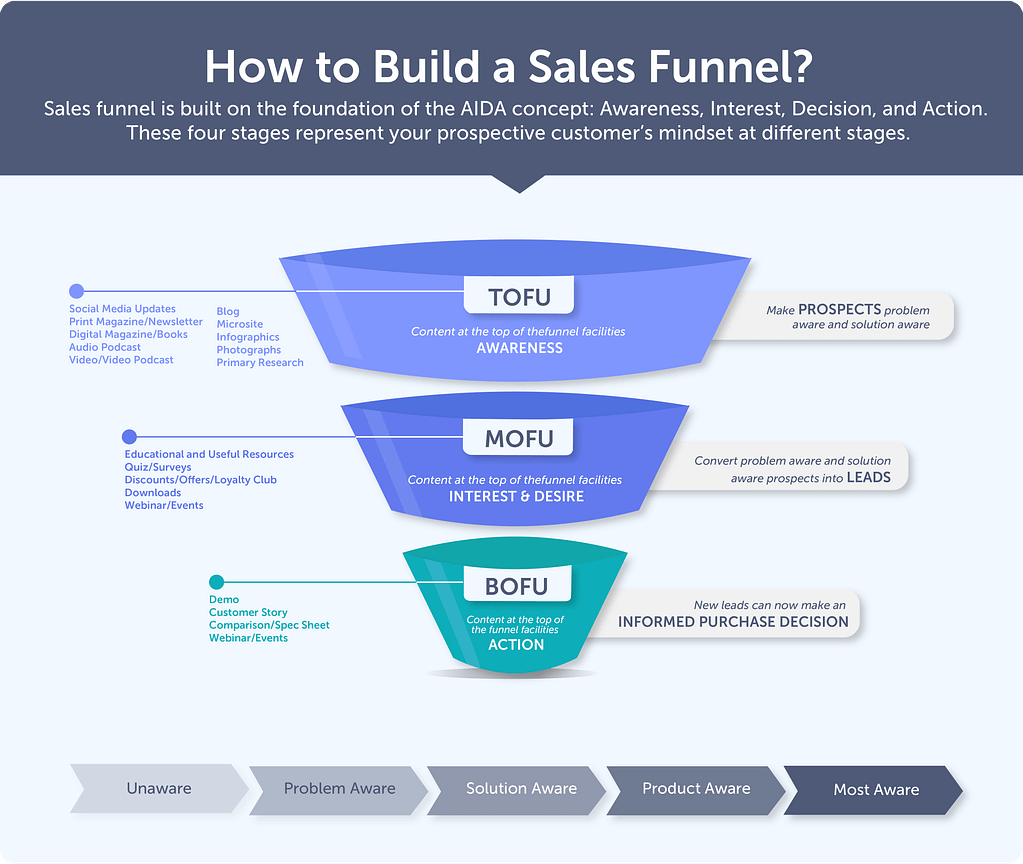
Importance Of Optimizing The Sales Funnel
Optimizing the sales funnel is crucial for maximizing conversions and driving business growth. By understanding each stage of the funnel and identifying potential bottlenecks or areas for improvement, you can streamline the process and increase your chances of closing the sale. But how to do it?
Lead Nurturing:
One way to optimize the sales funnel is by implementing lead nurturing strategies. This involves providing valuable content, personalized messaging, and targeted offers to prospects at each funnel stage. By nurturing leads, you can build trust, address their concerns, and guide them toward making a purchase.
Tracking and Analyzing:
Another important aspect of optimizing the sales funnel is tracking and analyzing data. By monitoring key metrics such as conversion rates, average order value, and customer lifetime value, you can identify areas for improvement and make data-driven decisions to optimize your funnel.
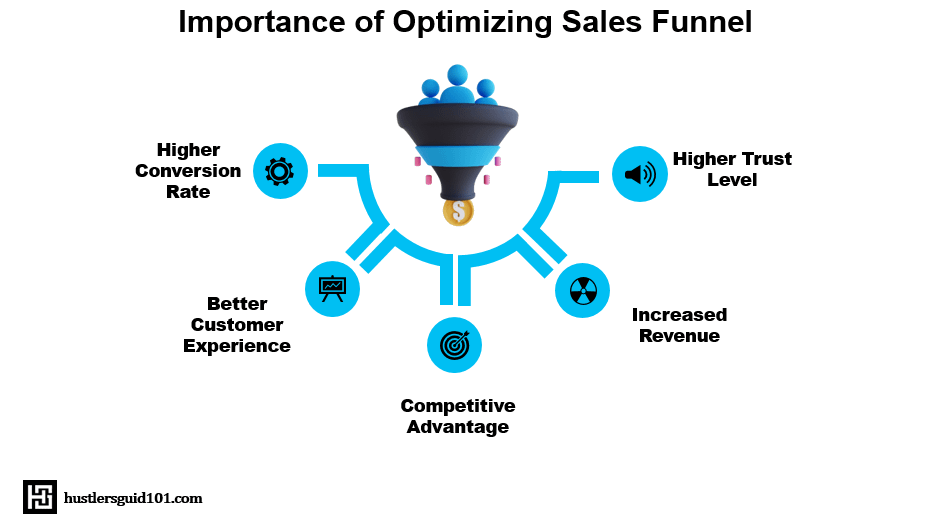
Talking of sales funnel, I have covered one more topic worth reading: SALES FUNNEL VS PIPELINE: WHAT IS THE DIFFERENCE?
Understanding The Marketing Funnel
Unlike the sales funnel, which focuses mainly on bottom-of-the-funnel activities, the marketing funnel encompasses a broader scope. It starts with brand awareness from the top of the funnel and ends with customer retention.
The marketing funnel covers the entire customer journey, from the initial interaction with your brand to becoming a loyal customer. It’s not as simple as it sounds. Customer experiences are actually very diverse and intricate. However, the marketing funnel offers advertisers a streamlined structure.
Like the sales funnel, the marketing funnel’s first stage is Awareness. Targeted marketing and ad campaigns that draw people to your company are part of the awareness stage.
Following the Awareness stage, the Consideration stage concentrates on establishing rapport and cultivating a favorable brand image with the prospective customers drawn in. Potential customers may qualify as qualified leads in the following stage, the Conversion stage.
The client might visit the website straight away or complete a transaction. Then comes the rewarding stage. The loyalty stage entails creating a reputation that attracts repeat business, much like the sales funnel’s Loyalty stage.
Importance of Optimizing Marketing Funnel
Optimizing your marketing funnel is crucial to getting the best possible outcomes. An optimized marketing funnel Attracts more than just curious onlookers. Once you’ve got their attention, you’re halfway successful!
Analysis and Personalization:
By analyzing each stage of the marketing funnel process, you can identify areas of improvement and make data-driven decisions. To do this, understand the performance of your content at each stage. Then, Nurture and engage your leads through automated email campaigns and personalized communication.
Precise Content:
Make it crystal clear what you want leads to do next, whether it’s signing up for a newsletter or downloading a white paper. Optimize landing pages and checkout experiences for user-friendliness, eliminating roadblocks on the path to purchase.
More importantly, Anticipate common concerns and provide readily accessible answers in FAQs or live chat support.
Building Advocates:
Since marketing funnels deal with keeping a long-lasting relationship with customers. So, go the extra mile to build lasting relationships and encourage positive reviews.
Offer recommendations, loyalty programs, and exclusive content to keep them engaged. Make them feel special and Encourage referrals and social media mentions, making every customer a brand ambassador.
Differences in Sales Funnel vs Marketing Funnel
You might have seen some Sales Funnel and Marketing Funnel diagrams and flow. At once they may seem same. The only distinction between these two phrases is the context in which they are used. I have broken down some key differences to clear your confusion further. Here you go.
Stages:
The main confusion in Sales Funnel vs Marketing Funnel starts at their stages. About phases, In a technical sense, the marketing funnel is a part of the sales funnel. The sales staff is strongly dependent on the marketing team to generate leads, and vice versa, in many ways.
Marketing Funnel Stages:
At the top of the Marketing funnel, we have the Top of the Funnel (TOFU) stage. In this stage, the vistor of your website is intrigued by the aroma of your brand, maybe browsing your website or catching a glimpse of your social media. They’re still hungry for information, not quite ready for a purchase.
Next is the Middle of the Funnel (MOFU) stage. These visitors have taken a few sips of your brand, downloaded an e-book, or signed up for your newsletter. They’re getting aware, their interest deepening as they learn more about your solutions and how they might fit their needs.
Finally, we reach the Bottom of the Funnel (BOFU) stage. These customers are ready to try your brand and avail of what you offer. They’ve compared options, weighed pros and cons, and are actively considering making a purchase. They’re the ones eyeing your “Buy Now” button with a simmering anticipation.
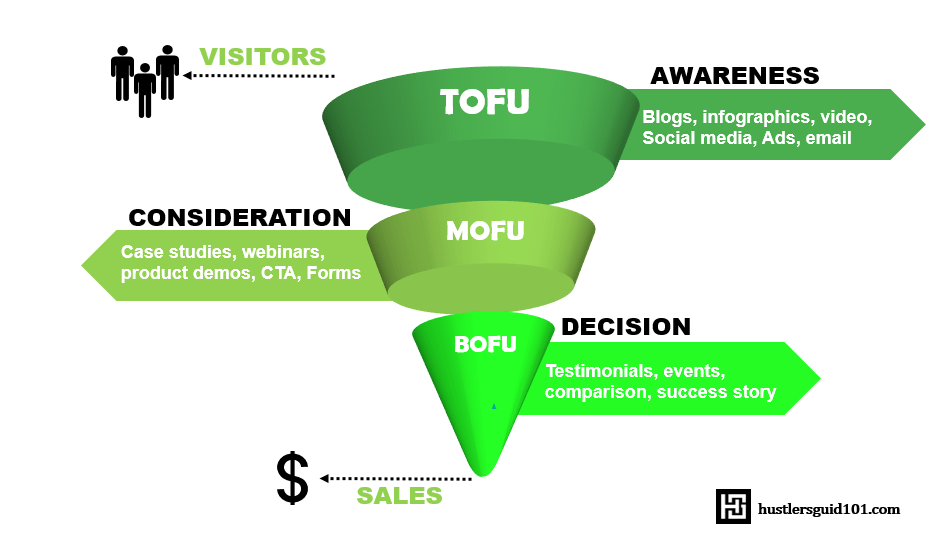
Sales Funnel Stages:
In the bustling lead generation market, navigating MQLs, SALs, and SQLs is like deciphering secret handshakes for optimal customer conversion. At MQLs (Marketing Qualified Leads) stage, the visitors are curious onlookers peering through your shop window.
They’ve downloaded an e-book, engaged with your social media, or clicked on a targeted ad – sparking initial interest but not yet ready to reward you. By the time visitors reach the SALs (Sales Accepted Leads) stage, they’ve stepped into your shop, browsing displays and asking questions.
As friendly greeters, the marketing team believes the lead is a good fit for the product, so they have accepted the lead – like entering a VIP area. Since the goal is to get them to the next step as quickly as possible, this is probably the shortest stage in any funnel.
Here comes the most awaited stage for any business. In SQLs (Sales Qualified Leads) stage, the visitors are now eager shoppers holding onto their wallets, ready to purchase.
Through in-depth conversations, needs assessments, and meticulous questioning, the sales team identifies these high-potential buyers who possess significant budget and decision-making authority. SQLs express a concrete need for your product or service and are likely to close the deal, making them the prized targets of focused sales efforts.
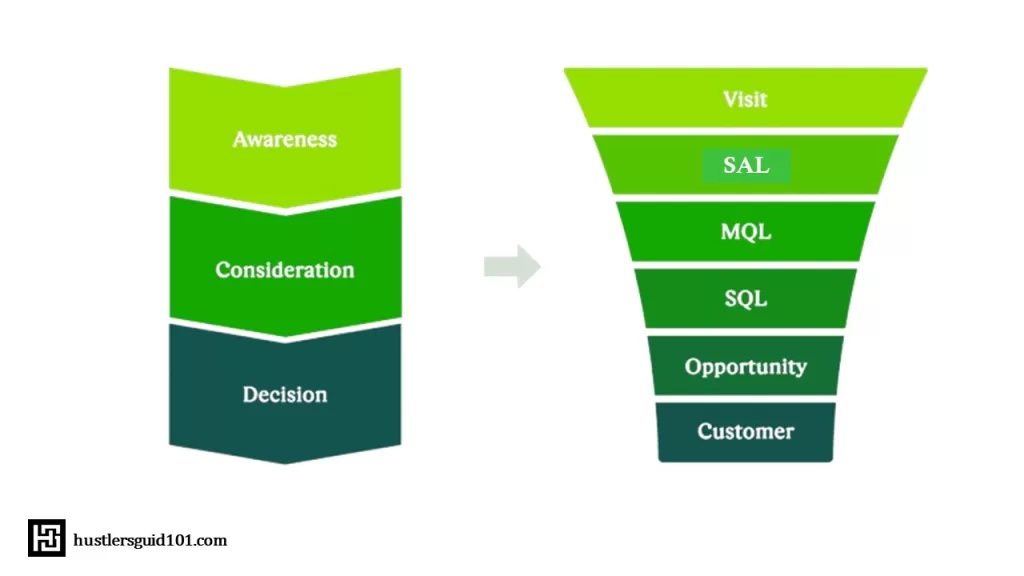
Usages:
As I mentioned previously, the sales funnel and marketing funnel differ in their usage. Beyond simple definitions, diagrams, and stages, their practical application holds hidden secrets waiting to be uncovered.
Use of Marketing Funnel:
Let me explain this in a little metaphorical way. Imagine fertile fields teeming with potential. The Marketing Funnel acts as a diligent farmer, sowing seeds of brand awareness through captivating content, social media engagement, and strategic website optimization.
Each stage, from initial Awareness to Interest and Consideration, meticulously cultivates these seeds, providing valuable information and nurturing nascent curiosity.
The ultimate goal? Harvest a bumper crop of Decision-ready Leads. These, like ripe fruits, are brimming with intent and primed for the next stage of the journey.
But simply handing them over wouldn’t do – careful data analysis from the Marketing Funnel unveils preferences, objections, and valuable insights that pave the way for a seamless transition to the next stage.
Use of Sales Funnel
Enter the Sales Funnel, a sleek harvester eager to gather the fruits of the Marketing team’s labor. Here, leads are Qualified and meticulously assessed to ensure they possess the budget, authority, and genuine interest to become loyal customers.
Objections are tackled head-on, acting like pesky weeds that need removal before a bountiful harvest can be reaped. Negotiation and Decision become the focal points, where skilled sales teams burn the midnight oil, ensuring a smooth transition from interest to purchase.
Every touchpoint, from tailored demos to persuasive proposals, is meticulously crafted to address specific needs and guide leads toward the final flourish – Conversion.
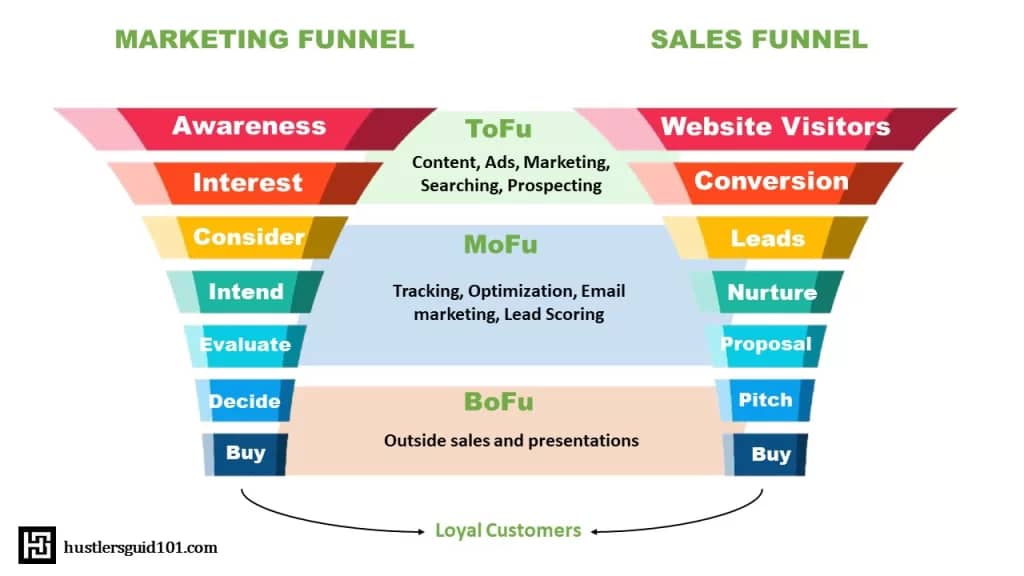
Benefits of Merging Sales Funnel and Marketing Funnel
Who said you can either use a sales funnel or a marketing funnel? My advice: if you want to become a pro, merge both funnels regardless of small and large businesses. While the two funnels serve distinct purposes, merging them creates a powerful synergy.
But, it’s not as simple as it sounds. Merging Sales and Marketing Funnels isn’t just about combining two channels; it’s about creating a unified ecosystem for customer success. It’s like building a bridge, connecting the teams, the data, and, ultimately, the hearts of your customers.
This bridge becomes the foundation for a thriving business fueled by collaboration, optimization, and data-driven decisions. The benefits don’t end here; below are some amazing benefits of merging the sales funnel and marketing funnel.
1. Streamlined Customer Journey:
A disjointed funnel feels confusing for customers. Merging the two creates a seamless, unified experience, guiding them from initial awareness to purchase smoothly. Consistency in messaging, tone, and visuals across all touchpoints builds trust and reduces friction, making the journey a breeze.
2. Enhanced Lead Qualification:
Marketing funnels alone might generate a wide range of leads, not all of them conversion-worthy. By merging the two, valuable data from the sales funnel (customer profiles, objections, pain points) feeds back into marketing efforts.
This allows for targeted lead generation, attracting prospects who are a perfect fit for your services/product, and saving time and resources on unqualified leads.
3. Improved Communication and Collaboration:
When two orchestras play different tunes- I bet no audience will stay to hear. Ouch! Without synchronization, it’s just noise. The same is the case with the marketing teams and sales teams.
Merging the funnels fosters closer collaboration between marketing and sales teams. Shared data, goals, and metrics break down silos, leading to more effective communication and alignment. Sales get better leads, and marketing receives real-time feedback to refine their strategies.
4. Increased Conversion Rates:
If your funnel is cracked or leaked, you will lose potential customers who slip through the cracks. Merging the two closes these gaps. By understanding the entire customer journey and addressing pain points at every stage, businesses can optimize conversion opportunities and watch their sales figures soar.
5. Data-Driven Decision-Making:
Without merged funnels, valuable customer insights from both sides remain isolated. By bringing them together, your business gets a 360-degree view of the customer journey, revealing patterns, preferences, and hidden opportunities.
This data empowers informed decision-making across all stages, from content creation to sales tactics. And guess who wins? You!
Also read: LANDING PAGE VS SALES FUNNEL: WHICH ONE TO CHOOSE?
Sales Funnel vs Marketing Funnel: Which One Your Business Needs?
Honestly, both. But it depends on some factors that will ensure which funnel suits your business best. Here’s a breakdown to help you determine which funnel needs your primary attention:
Adopt Marketing Funnel if:
- Your lead generation is weak: You struggle to attract or qualify enough potential customers.
- Brand awareness is low: Nobody knows you or your offerings.
- Customer relationship is lacking: You haven’t built trust or nurtured leads effectively.
- New product/service launch: You need to create awareness and educate the market.
Adopt Sales Funnel if:
- You have plenty of leads, but conversions are low: Your sales process needs optimization.
- Customer churn is high: You struggle to retain existing customers.
- Average order value is stagnant: You need to upsell or cross-sell existing clients.
- Sales team efficiency is declining: Your sales process needs streamlining or training.
Pro Tip for Pro Business: Both funnels are interconnected and must work together for optimal results. Invest in both eventually, but prioritize based on your immediate needs.
| Components | Sales Funnel | Marketing Funnel |
| Context | Uses in the context of converting visitors into paying customers | Uses in context for lead generation and advertising |
| Focus | Focuses on accepting and achieving lead conversion | Focuses on raising awareness |
| Aim | Negotiation | Promotion of brand |
| Interest | Maintains customers’ interest | Raise customers’ interest |
In a Nutshell: Sales Funnel vs Marketing Funnel
Recognizing the nuances between sales and marketing funnels is bingo for successful business growth, whether focused on capturing leads or cultivating long-term relationships. Ultimately, the choice isn’t between “Sales Funnel” or “Marketing Funnel” – it’s about building a robust, unified system that attracts, nurtures, and converts leads into loyal customers.
Focus on building a bridge between the two, optimize each stage, and watch your business reach its full potential. I hope this blog clarifies the importance of both funnels and helps you identify which one deserves your immediate attention. Remember, I’m always here to offer further insights and guidance on your business journey. Happy Businessing!


